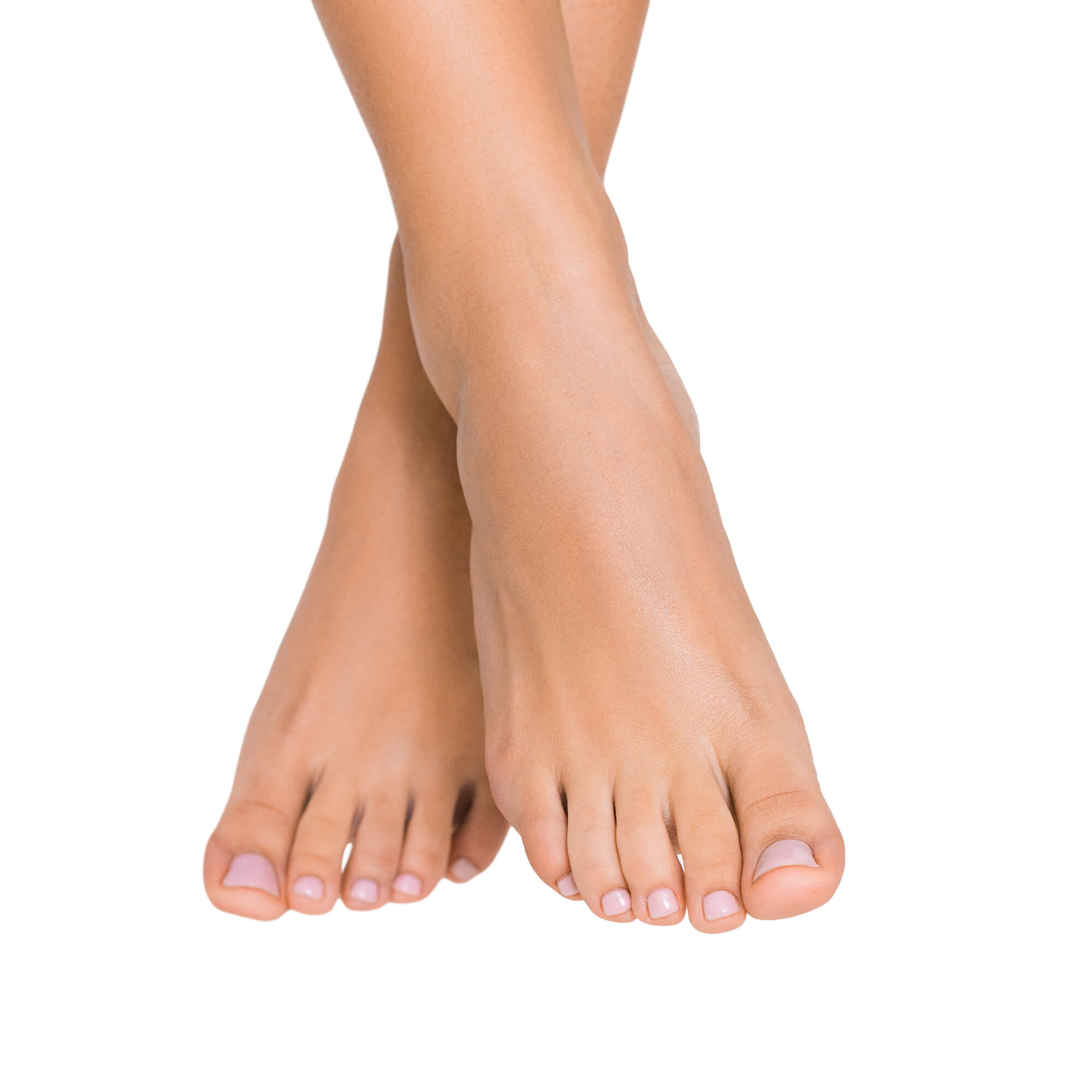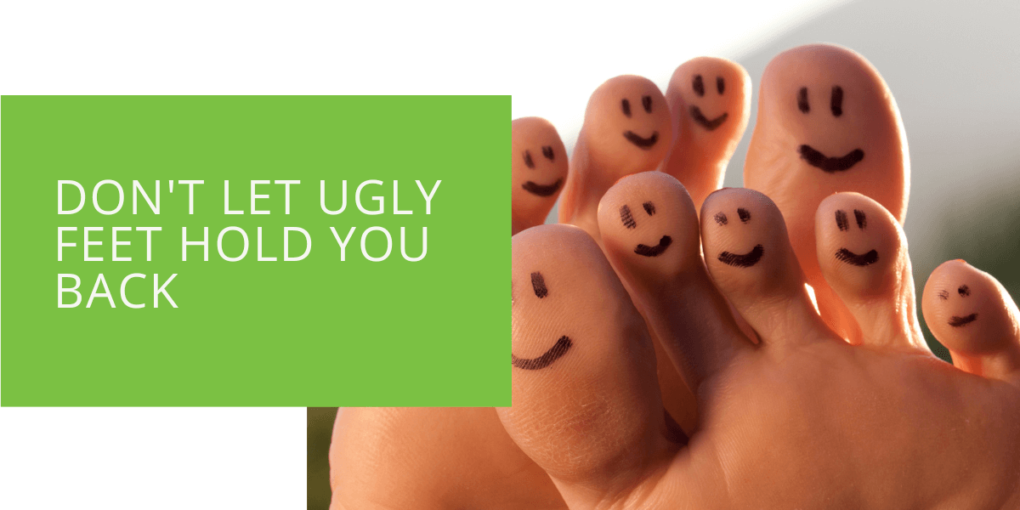Don’t Let Ugly Feet Hold You Back: Solutions from a Podiatrist
It is not uncommon for people to feel self-conscious about the appearance of their feet. Many people hesitate to show their feet in public, whether it's due to deformities or other foot problems. However, this doesn't have to be the case. With the help of a podiatrist, you can address foot deformities and other issues and restore your feet' health and appearance.
Understanding Common Foot Deformities
Foot deformities are common and can cause discomfort, pain, and embarrassment. Understanding the different types of foot deformities and their causes can help you recognize the signs and symptoms and seek treatment from a podiatrist.
Bunions
Bunions are a bony bump that forms on the joint at the base of the big toe. They can cause the big toe to turn inward, which can cause pain and discomfort. Bunions can develop due to genetics, wearing tight or ill-fitting shoes, or a medical condition such as arthritis. Symptoms of a bunion include pain, swelling, redness, and difficulty finding comfortable footwear.
Hammertoes
Hammertoes occur when the second, third, or fourth toe bends at the middle joint, causing the toe to stick up. Hammertoes can develop due to genetics, arthritis, or shoes that are too tight or narrow. Symptoms of hammertoes include pain, redness, swelling, and difficulty finding shoes that fit comfortably.
Corns and Calluses
Corns and calluses are areas of thickened skin that develop on the feet in response to pressure or friction. They often develop on the toes, heels, or balls of the feet. Corns and calluses can be caused by wearing ill-fitting shoes or abnormal foot function. Symptoms of corns and calluses include pain, tenderness, and a thickened area of skin.

When to See a Podiatrist for Ugly Feet
If you are experiencing foot pain, discomfort, or embarrassment due to a foot deformity or other foot issue, it's important to seek treatment from a podiatrist. Early treatment can prevent the progression of foot deformities and other issues.
Solutions for Foot Deformities
Several treatment options are available for foot deformities, both non-surgical and surgical. The right treatment for you will depend on the type and severity of your foot deformity and your individual needs and lifestyle.
Non-Surgical Treatment Options
Orthotics
Orthotics are custom-made shoe inserts that help alleviate foot pain and improve foot function. They can be designed to support the arch of the foot, cushion the heel, or improve the shoe's overall fit. Several types of orthotics are available, including prefabricated inserts and custom-made orthotics. Custom-made orthotics are designed to fit each patient's foot precisely and are often recommended for more severe foot deformities.
Physical Therapy
Physical therapy can be an effective non-surgical treatment for foot deformities, especially if the condition is related to an injury or overuse. Physical therapy can help to improve foot function, reduce pain and swelling, and prevent future injuries. Physical therapy can include stretching and strengthening exercises, massage, and other modalities.
Medications
Over-the-counter pain medications, such as acetaminophen or ibuprofen, can help to alleviate pain and reduce inflammation associated with foot deformities. Sometimes, prescription medications may be necessary to manage more severe symptoms.

Surgical Treatment Options
Bunion Surgery
Bunion surgery is a common procedure for correcting the deformity of the big toe joint. The surgery involves removing the bony bump and realigning the joint to improve function and reduce pain.
Hammertoe Surgery
Hammertoe surgery is a procedure to correct the toe bending at the middle joint. The surgery involves repositioning the toe and may involve the insertion of a pin or other device to hold the toe in place while it heals.
Corn Removal
In some cases, corn may need to be surgically removed if they are causing significant pain or discomfort. The procedure involves numbing the area and removing the corn using a scalpel.
Post-Treatment Care
After treatment for a foot deformity, it's important to follow your podiatrist's post-treatment care instructions. This may include resting and elevating your foot and physical therapy to restore your range of motion and strengthen the affected foot.

Exercises and Stretches to Alleviate Foot Pain and Prevent Deformities
In addition to the treatment options discussed above, several exercises and stretches can help to alleviate foot pain and prevent the development of foot deformities. These exercises and stretches can be particularly effective for people who spend a lot of time on their feet or who engage in repetitive activities that put stress on their feet.
Toe Raises
Toe raises can help strengthen the feet' muscles and improve overall foot function. To do this exercise, stand with your feet flat on the ground and slowly raise onto the balls of your feet. Hold for a few seconds, then lower back down. Repeat for several repetitions.
Toe Stretches
Toe stretches can help to increase the flexibility of the muscles and tendons in the feet, reducing the risk of injury and deformity. To stretch, sit on the ground with your legs extended in front of you. Grab your toes and gently pull them back towards your body, holding for several seconds before releasing. Repeat on the other foot.
Heel Raises
Heel raises can help to strengthen the calf muscles and improve overall foot and ankle function. To do this exercise, stand with your feet flat on the ground and slowly raise onto your toes, lifting your heels off the ground. Hold for a few seconds, then lower back down. Repeat for several repetitions.
Ankle Circles
Ankle circles can help to improve the range of motion in the ankle joint, reducing the risk of injury and improving overall foot and ankle function. To do this exercise, sit on the ground with your legs extended in front of you. Slowly rotate your ankle in a circular motion, first in one direction and then in the other direction. Repeat on the other foot.
Incorporating these exercises and stretches into your daily routine can help to alleviate foot pain and prevent the development of foot deformities. However, consulting with a podiatrist before beginning any new exercise program is important to ensure you perform the exercises correctly and safely.
Conclusion
Foot deformities and other foot problems can cause discomfort and embarrassment, but solutions are available. With the help of a podiatrist, you can address foot deformities and restore your feet' health and appearance. Don't let ugly feet hold you back - seek treatment from a podiatrist and take the first step towards healthier, happier feet.

